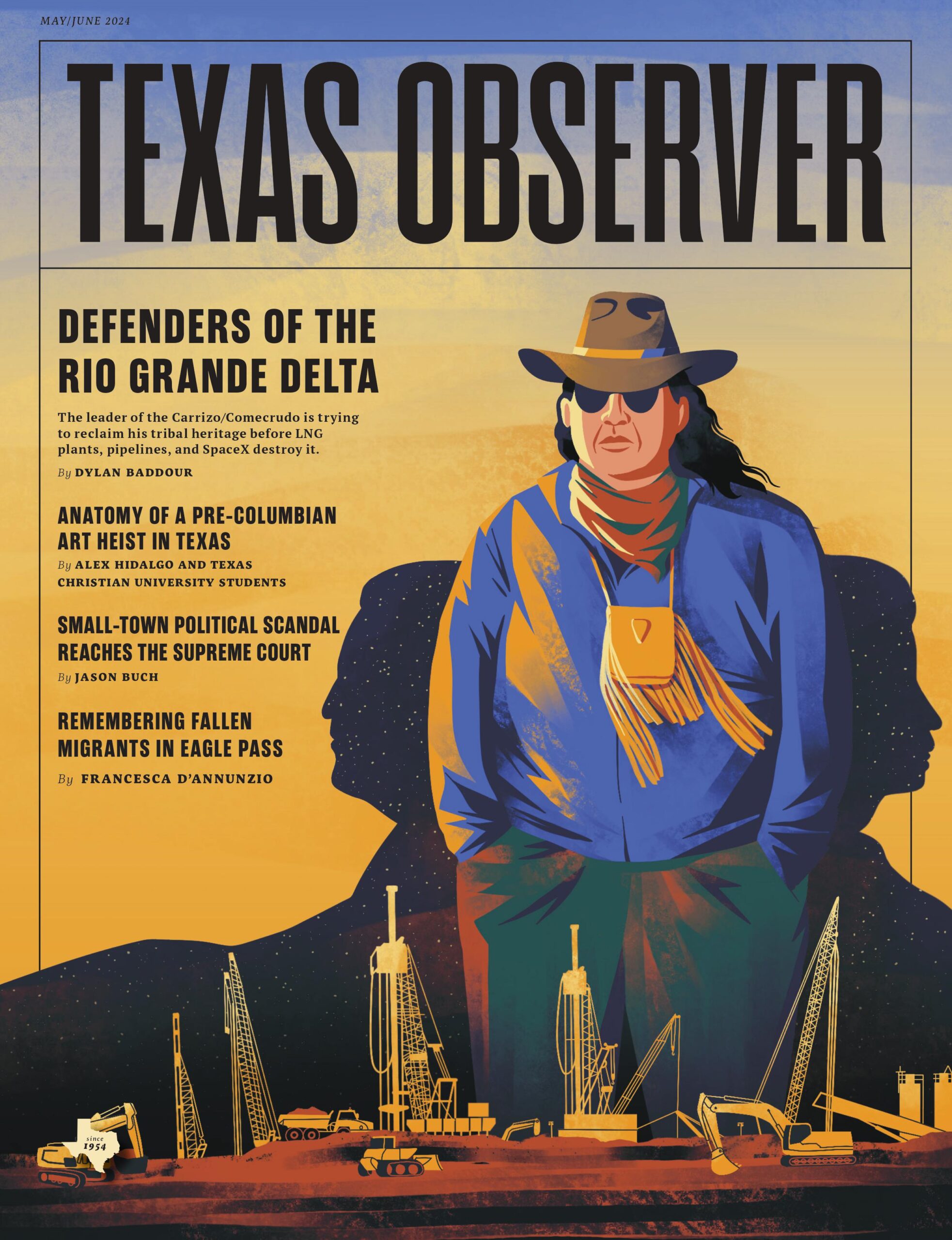ustxtxb_obs_2009_03_20_50_00019-00000_000.pdf
Page 1
Chris Ott, in UTMB’s finance office, wrote back that “the BOR did not authorize the financing of the land but only the purchase be made with MSRDP funds” \(faculty salary and Asked why UTMB shut down DAMP in August, Dowling would only tell the Observer, “the University made the decision not to accept any more unsponsored referrals excluding Pediatrics and Cancer referrals which were reviewed through the normal process.” \(Questions to UTMB officials as to why DAMP shut down, and when it might open back up in some form, also remain An e-mail message dated July 9 from Dowling to Christine Keating, chief operating officer of clinics, demonstrates the phasing-out of care for the uninsured and indigent. Dowling reported that referrals in June were down 20 percent from the previous year and that the percentage of patients accepted through DAMP had dropped from 62 to 56. On July 17, Keating forwarded the summary to Mike Hill, executive director of UTMB’s hospitals and clinics. In the message, Keating recounted a conversation with Karen Sexton, interim vice president and CEO of the hospital. “Karen talked about stopping DAMP consults for the next two months:’ Keating wrote. “I don’t think this will be a big deal. What do you think?” By Aug. 4, Sexton’s recommendation had apparently gone into effect. Then came September. Hurricane Ike swamped UTMB’s John Sealy Hospital and its emergency room. The hospital’s specialty doctors evacuated and scattered across Texas. At least 2,500 UTMB physicians and staffers were laid off two months after the storm. Another 600 quit. After the storm, UTMB officials changed the telephone script. “We regret to inform you that [your] UTMB physician will be discontinuing his/her professional relationship with you due to the devastation caused by Hurricane Ike:’ Six months later, UTMB has yet to reopen its emergency roomthe primary gateway for most of the hospital’s uninsured patients. At a March 10 Board of Regents meeting, President Callender told the regents that UTMB hoped to reopen the hospital ER by this summer. The hospital, he reported, currently had 180 to 250 patient beds open for nonemergency cases. Asked whether they had admitted any uninsured patients, Callender told the board UTMB had not. Callender also said that after Ike, UTMB had expanded its clinics in northern Galveston County near the Houston suburbs and its Victory Lakes complex. “These clinics have a very different payer mix with mostly Medicare and commercial insurance he said. “From the standpoint of the bottom line perspective it’s a very desirable group of patients!’ The closing of UTMB’s emergency room has had a devastating ripple effect across southeast Texas. Some emergency rooms in the Houston area have seen 25to 40-percent increases in patient traffic. The nearest hospital to Galveston, Mainland Medical Center in Texas City, has been the hardest hit, with a 50-percent rise in the number of uninsured patients. Wait time for the ER has doubled. The shuttering of UTMB’s ER also meant that the region lost one of its three Level 1 trauma centers for life-threatening injuries. For a seriously injured person on Galveston Island, the nearest Level 1 center is now 50 miles away in downtown Houston. Patients unable to endure an hour-long ambulance ride have to be airlifted, which runs between $12,000 and $15,000 per helicopter ride. Even with an airlift, precious minutes are lost in saving livesincluding those of injured workers from offshore oil rigs, and chemical and refinery plants, who now have to be helicoptered to Houston. The biggest impact has been on folks like Ronnie Hardison. Hardison, a 64-year-old man who lives in Galveston County, is about to lose both of his kidneys. He used to be a patient in UTMB’s DAMP program, paying $40 for monthly checkups and shots that boosted his kidney function. The shots were keeping Hardison from going on dialysis and ultimately needing transplants. Since Hurricane Ike, UTMB won’t take Hardison. Looking elsewhere for help, “I’ve tried everyone from the Salvation Army to the Red Cross,” Hardison says. “No one can help me’ The shots he needs cost $1,500 to $2,000 a vial. Hardison also lost his home to the hurricane. He and his two dogs are living in a small trailer. He’s trying to stay upbeat, he says, and trying to rebuild his home. But FEMA recently denied his claim for disaster assistance funds. Recently, Hardison’s been feeling unusually tired. His back aches. He called the UTMB hotline to see when the DAMP program might start up again. “They told me there was nothing they could do to help me he says. “They are not renewing anybody’s cards.” All told, 110 counties that lacked hospitals relied on the specialists and surgeons at UTMB to see their indigent patients. \(Under state law, counties without a public hospitalthe case in much of rural Texasmust spend up to 8 percent of scrambling to find hospitals and physicians that will treat their sickest residents. Dr. Cecil Walkes, director of the Jefferson County Public Health Authority in East Texas, used to send 550 patients a month to UTMB. County health employees would drive them to the hospital every day. Now Walkes is struggling to find hospitals and private physicians to care for Jefferson’s indigent patients. “We can’t just sit around and wait until UTMB comes back online he says. “People get sick every day, and they need treatment quickly.” Walkes has had some success getting local physicians to take his needy patients. Many of them are charging higher rates than UTMB. And Walkes hasn’t had much luck finding subspecialists for illnesses such as diabetes and heart disease. The county has had to send patients to cities like Houston, 90 miles away, which also costs more. UTMB administrators used to meet with Walkes and other county indigent program officials regularly. He says there’s been MARCH 20, 2009 THE TEXAS OBSERVER 19


